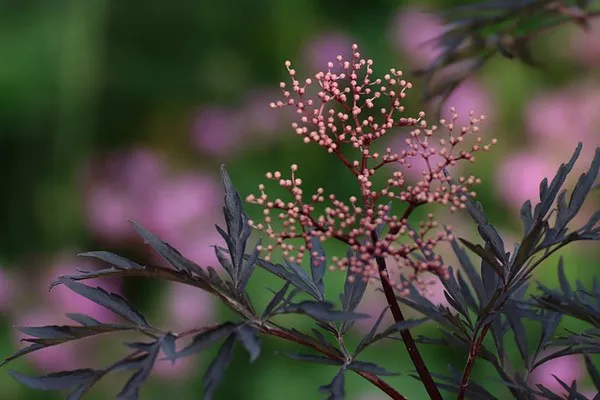A study conducted by scientists at the U.S. Department of Agriculture (USDA) Agricultural Research Service (ARS) in collaboration with researchers affiliated with Working Lands for Wildlife at the University of Montana (UMT) has challenged the assumption that wildfires are the primary catalyst driving the proliferation of invasive annual grasses in the U.S. Great Basin. The research has uncovered that these annual grasses are exceptionally competitive even in the absence of significant disturbances such as wildfires.
Intriguingly, the study reveals that nearly 80% of the shrublands and grasslands in the U.S. Great Basin, which have transitioned into a state of annual grass dominance, have done so without experiencing a wildfire within the preceding decade. The spread of these invasive annual grasses, which includes species like cheatgrass (Bromus tectorum), medusahead (Taeniatherum caput-medusae), red brome (B. rubens), ventenata (Ventenata dubia), and others, has fundamentally transformed these vital ecosystems.
Native perennial grasses and shrubs play a pivotal role in the arid and semi-arid regions of the U.S. Great Basin, benefiting wildlife, providing livestock forage, and facilitating carbon sequestration. The rapid encroachment of invasive annual grasses has disrupted these ecosystems. As annual grasses take over, they fill the gaps between native perennial grasses and shrubs, creating a continuous fuel source that dries out early in the growing season. This facilitates the ignition and spread of wildfires, ultimately establishing a grass-fire cycle. This cycle contributes to the widespread dominance of invasive annual grasses and elevates the risk of wildfires. Previous studies have shown that these grasses now control a fifth of Great Basin rangelands, causing significant ecological disturbances.
Chad Boyd, co-author and research leader at the USDA-ARS Range and Meadow Forage Management Research Unit, emphasized, “We found that while wildfire is not the predominant driver of invasive annual grass expansion in the Great Basin, it is still a major issue that can promote annual grass abundance and negatively impact a wide variety of ecosystem services and values ranging from forage for cattle production to sagebrush obligate wildlife habitat.”
The study used dynamic, remote sensing-derived datasets spanning from 1994 to 2020 to scrutinize the shifts in annual grass dominance in the U.S. Great Basin. These datasets encompassed fire perimeter and burn severity data obtained from the Monitoring Trends in Burn Severity program, along with maps of annual grass-dominated vegetation communities derived from the Rangeland Analysis Platform.
Over the course of 26 years, the data analysis conclusively indicates that wildfires are not the primary drivers behind the rapid expansion, degradation, and domination of native plant communities by annual grasses in the region. The study underscores the urgency of adopting a preventive approach to managing invasive grasses, even before wildfires occur. This approach is crucial for controlling the grass-fire cycle and decelerating the transitions towards annual grass dominance.
Joe Smith, co-author and NRCS-Working Lands for Wildlife affiliate at UMT, emphasized the need for proactive measures, stating, “Firefighters already extinguish 97% of wildfires before they reach 1,000 acres, yet we’re still getting flanked by cheatgrass. We need to get ahead of future fires by proactively defending intact landscapes against cheatgrass expansion.”


